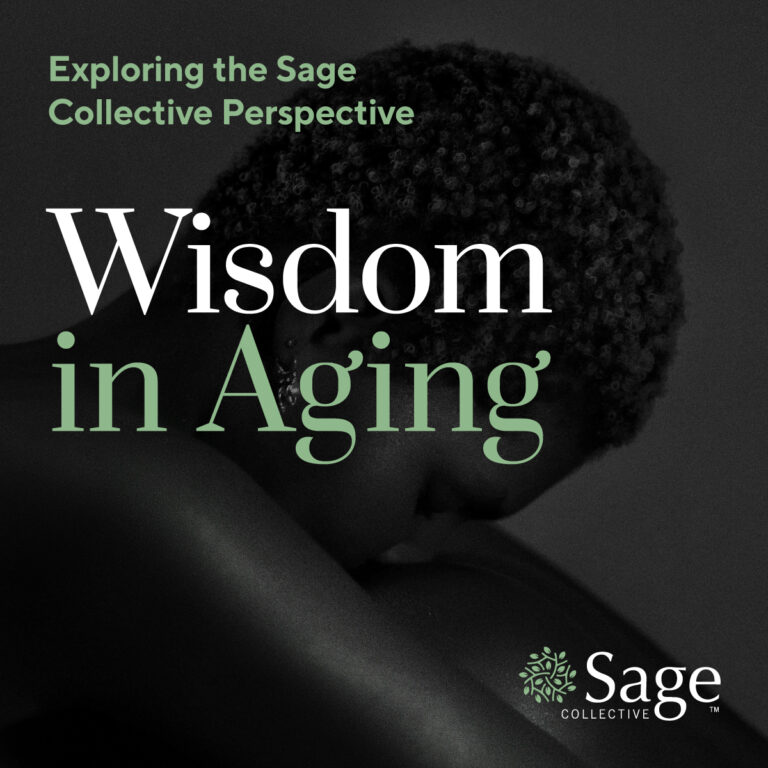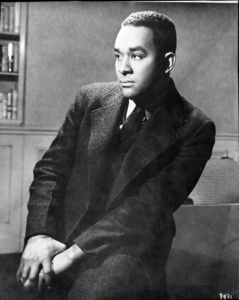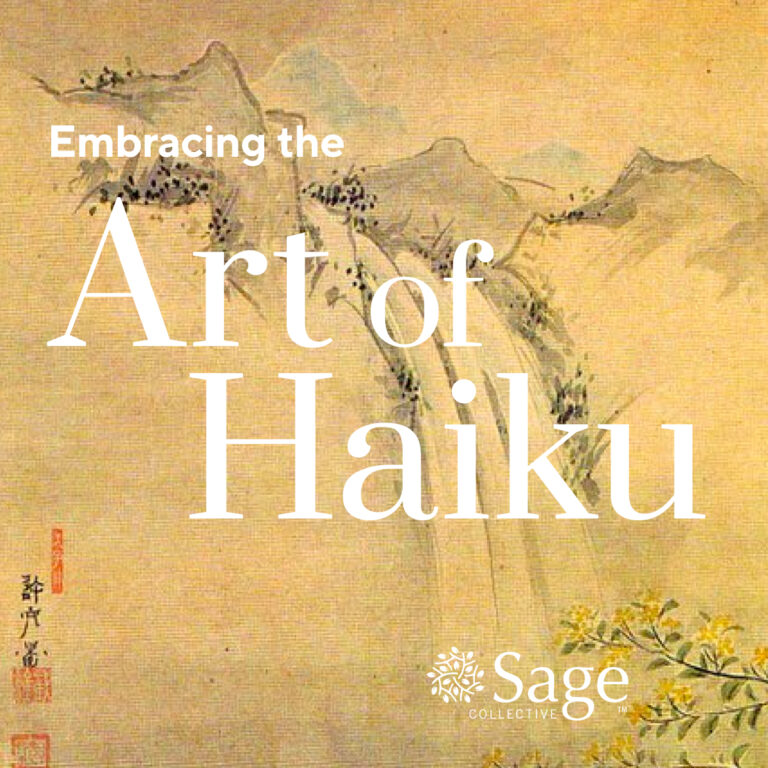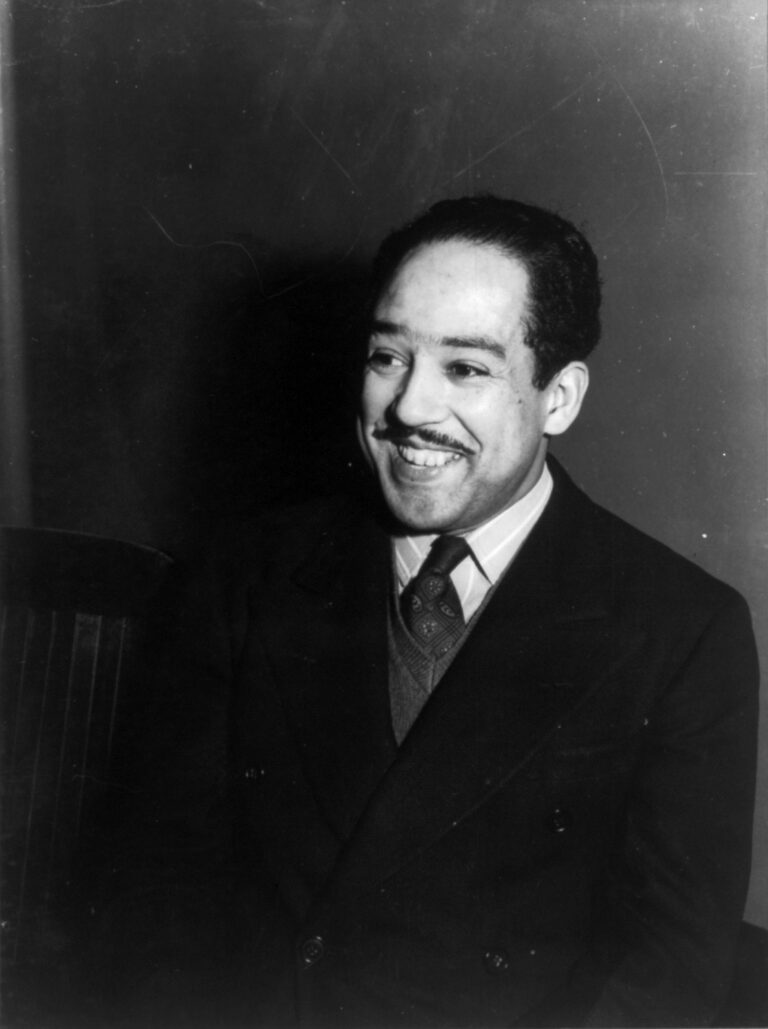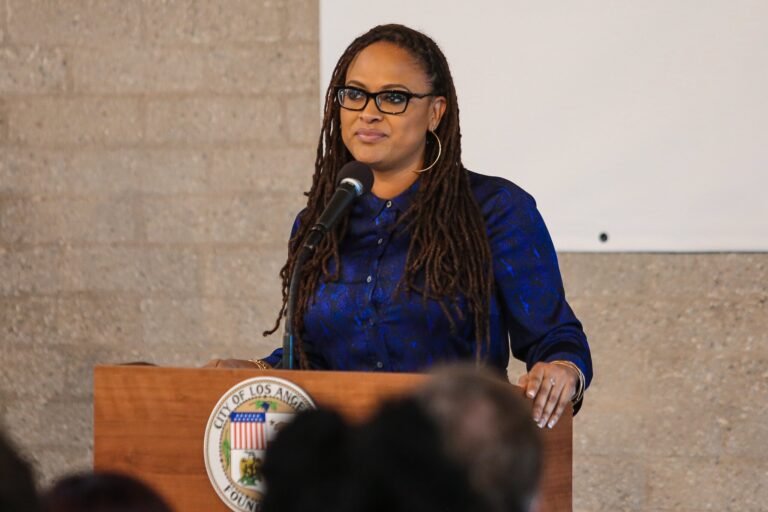What is Wisdom in Aging? Exploring the Sage Collective Perspective
As we journey through life, the concept of aging gracefully isn’t just about the physical aspect; it’s profoundly intertwined with the accumulation of wisdom. At Sage Collective, we cherish the process of aging as a unique opportunity for growth, learning, and sharing the wealth of knowledge and experience that comes with it. But what exactly is wisdom in aging, and how does it manifest in our lives?
Wisdom isn’t merely a collection of knowledge, but a deeper understanding and application of that knowledge in ways that are thoughtful, compassionate, and beneficial to ourselves and others. It involves insight, judgment, and the ability to see beneath the surface of things. In the context of aging, wisdom becomes a guiding light, a beacon that illuminates the path for ourselves and others that is informed by:
Empathy and Compassion: With age comes an enhanced capacity for empathy and compassion. Wisdom involves understanding others’ feelings and experiences, fostering connections that transcend superficial differences.
Emotional Regulation: Wisdom in aging is characterized by the ability to navigate emotions with grace. It means not being swayed by every gust of feeling but understanding and managing emotions for greater harmony and peace.
Reflection and Insight: The reflective quality of wisdom allows us to look back on our experiences, learn from them, and gain insights that guide our future actions. This introspection is a hallmark of true wisdom.
Acceptance: Wisdom brings with it the acceptance of life’s impermanence and the serenity to embrace change. It’s about understanding what we can control and letting go of what we cannot.
Sharing Knowledge: Perhaps one of the most beautiful aspects of wisdom is the desire to share it. This generational transmission of knowledge enriches our communities and strengthens our collective understanding.
Cultivating wisdom is an intentional act. It involves mindfulness, continued learning, and staying engaged with the world around us. It means seeking out new experiences, listening more than we speak, and opening our hearts to the lessons life offers us. At Sage Collective, we also believe that community plays a crucial role in fostering wisdom. Through shared experiences, dialogue, and support, we can nurture a wisdom that is not only personal but collective. Our community becomes a repository of shared wisdom, a resource that enriches every member.
As we embrace aging, let us also embrace the wisdom that comes with it. Wisdom in aging is not just about what we have learned from the past; it’s about how we apply that knowledge in the present and how we share it for the future. It’s a gift, one that enriches our lives and the lives of those around us, making the journey of aging not just a passage of time but a passage of growth, understanding, and profound connection.
In celebrating wisdom, we remind ourselves that every moment, every experience, and every lesson is a step toward a deeper understanding of what it means to live fully and richly at every age.
